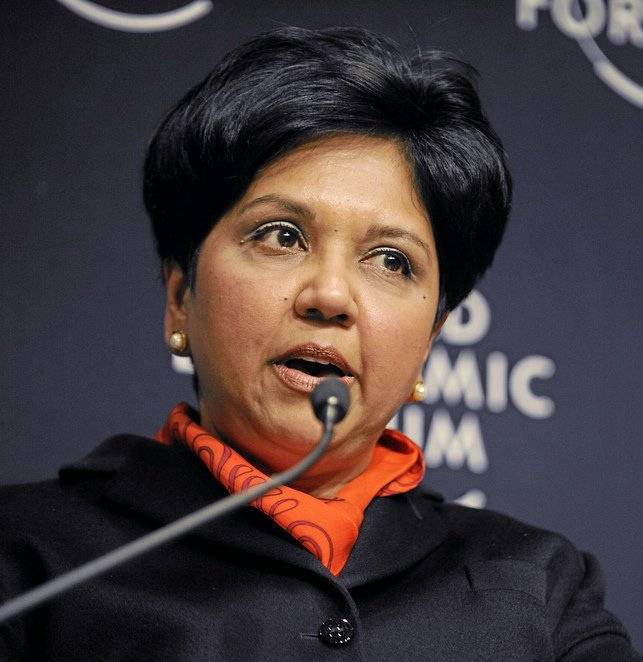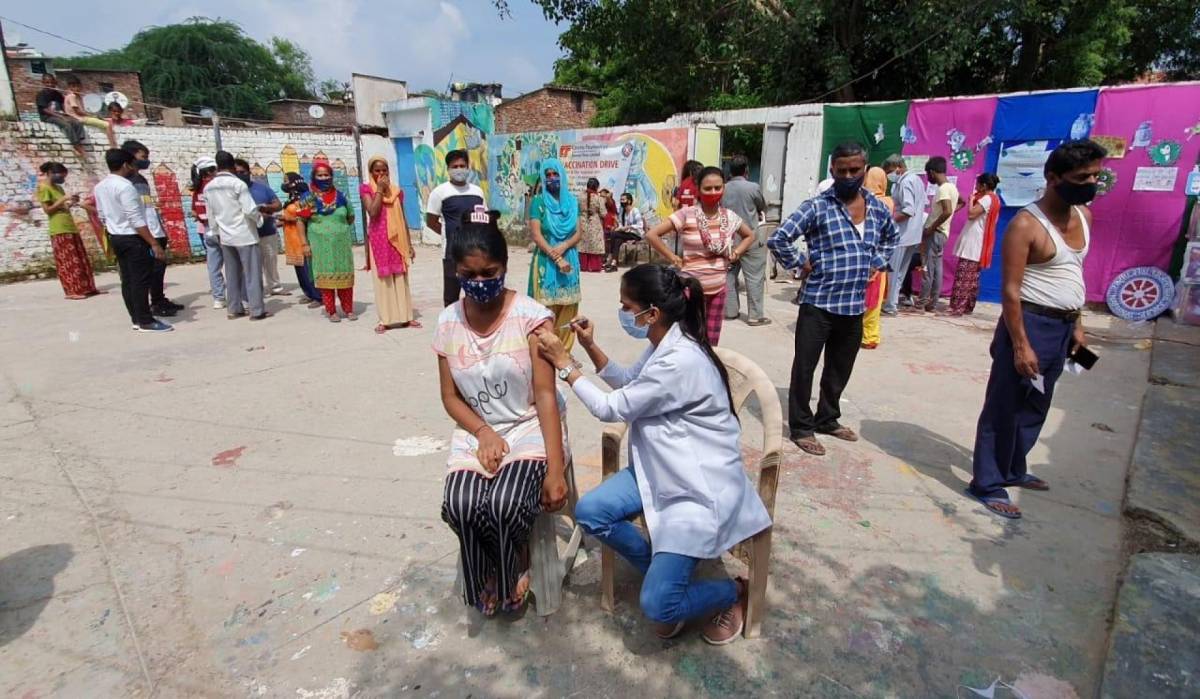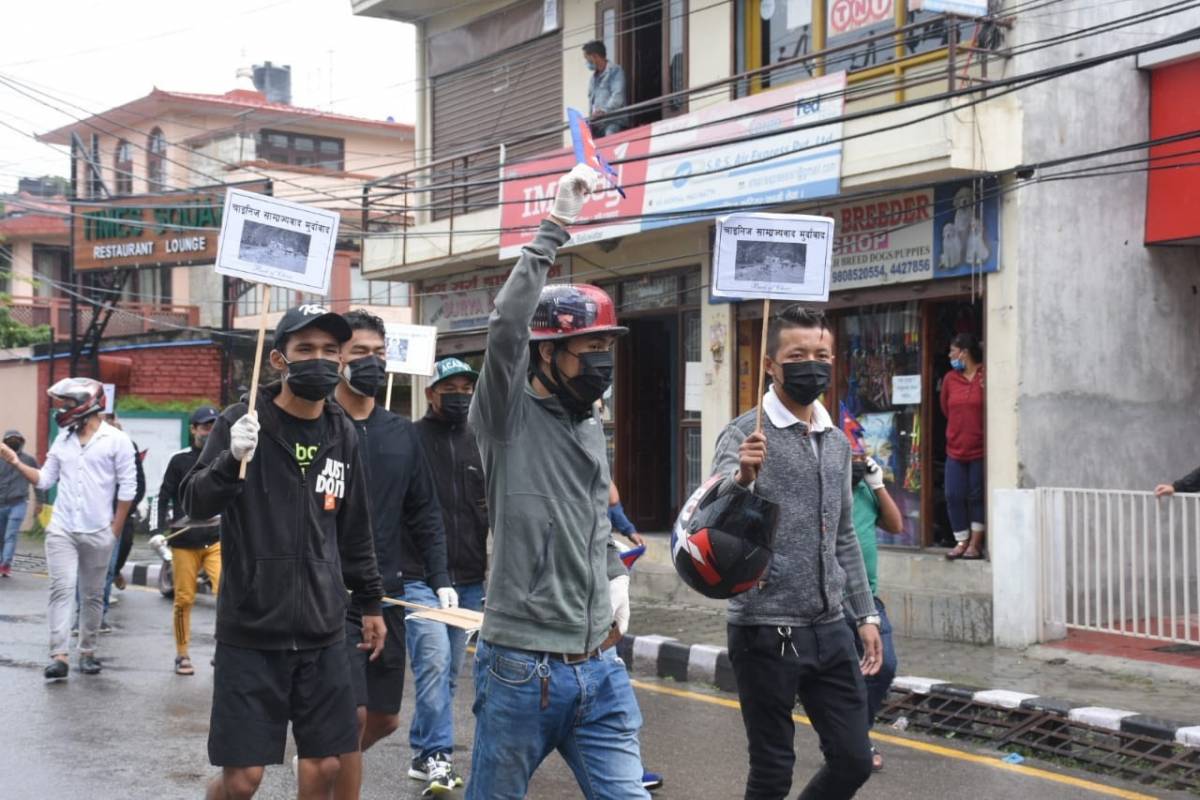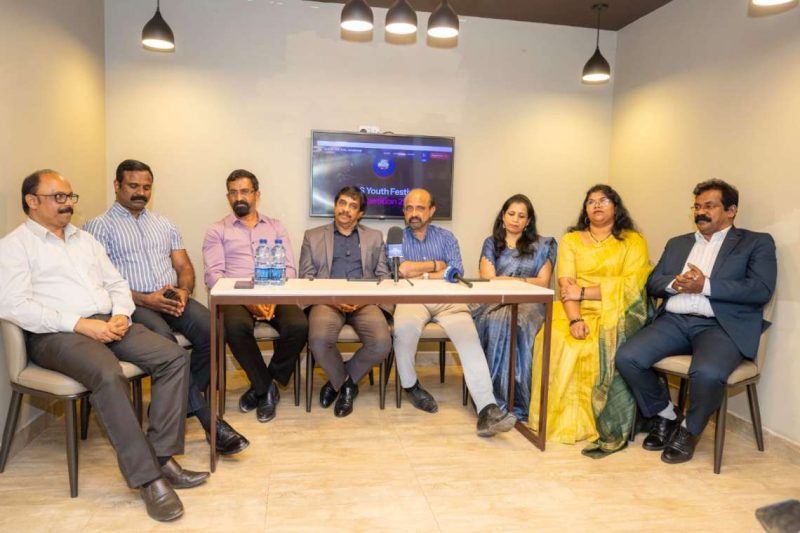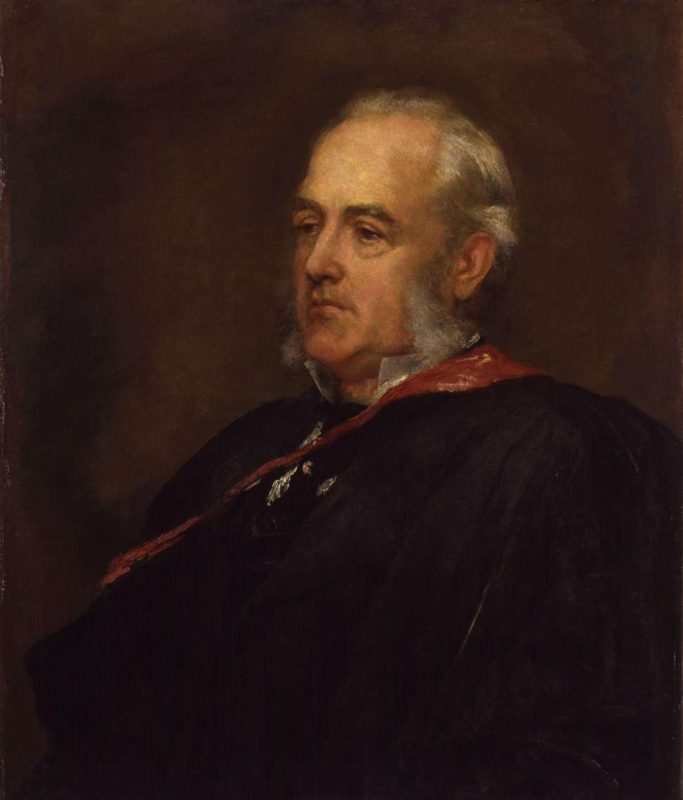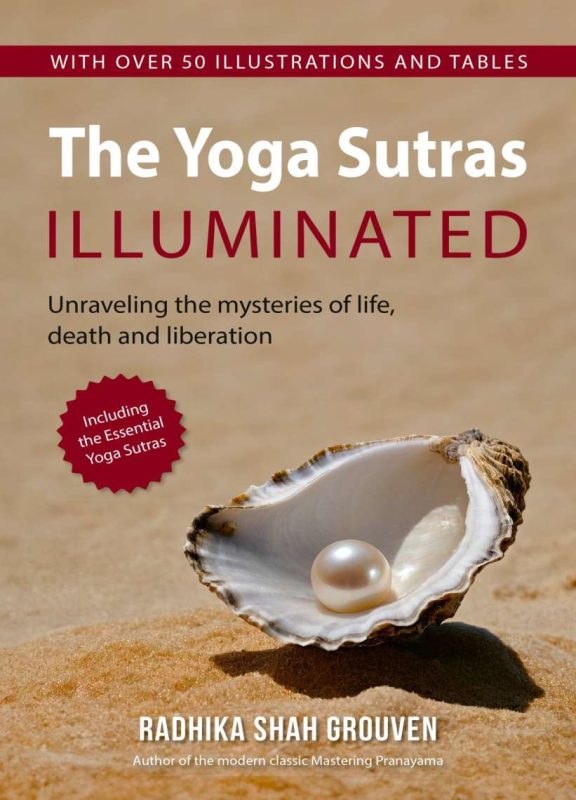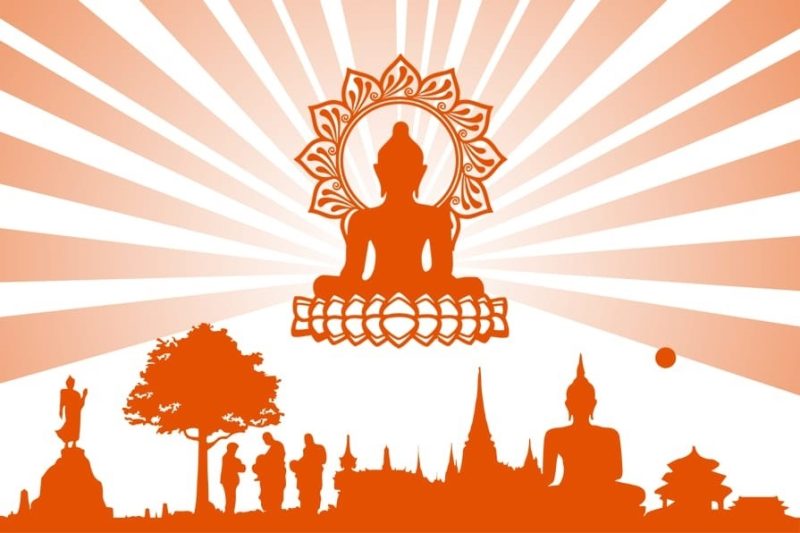“Barack Obama and Manmohan Singh had entered the room for an update on our group’s progress, and President Obama began introducing the American team to his Indian counterpart. When he got to me, Prime Minister Singh exclaimed, ‘Oh! But she is one of us!’…reports Asian Lite News.
For a dozen years as one of the worlds most admired CEOs, Indra Nooyi, redefined what it means to be an exceptional leader. To the extent that when she once pitched a revolutionary strategy to introduce healthy products, she was asked if she was Mother Teresa!
Her prescient strategic thinking, insight into consumer behaviour, and wisdom on managing a vast, global workforce make her one of the world’s most sought-after advisors to entrepreneurs, executives, and governments. The first woman of color and immigrant to run a Fortune 50 company — and one of the foremost strategic thinkers of our time – she transformed PepsiCo with a unique vision, a vigorous pursuit of excellence, and a deep sense of purpose.
Her memoir, “My Life in Full: Work, Family, and Our Future” (Hachette India), offers a first-hand view of Nooyi’s legendary career – a story of exemplary resilience, courage, and leadership. Generous, authoritative, and grounded in lived experience, the book delivers a blueprint for 21st century prosperity, peppered with masterful insights.
For instance: “I believe that a company’s impact on society needs to be written through all business planning, and that this cannot be an afterthought. What’s good for commerce and what’s good for society have to go together.” The rewards were fulsome.
“One foggy Tuesday in November 2009,” Nooyi writes in the book, “after hours of meetings in Washington, DC, with two dozen top US and Indian business executives, I found myself standing between the president of the United States and the prime Minister of India.
“Barack Obama and Manmohan Singh had entered the room for an update on our group’s progress, and President Obama began introducing the American team to his Indian counterpart. When he got to me, Prime Minister Singh exclaimed, ‘Oh! But she is one of us!’
“And the President, with a big smile and without missing a beat, responded, ‘Ah, but she is one of us too!’
“It’s a moment I never forget — spontaneous kindness from the leaders of the two great countries that have given me so much. I am still the girl who grew up in a close family in Madras, in the South of India, and I am deeply connected to the lessons and culture of my youth. I am also the woman who arrived in the US at age twenty-three to study and work and, somehow rose to lead an iconic company, a journey that I believe is possible only in America. I belong to both worlds,” Nooyi writes.

When Nooyi took over as CEO of PepsiCo, one of her pivotal – and controversial — ideas was to steer the company toward healthier products, reinvent its environmental profile and lead the company into a future where they championed ‘Performance with Purpose’.
The strategy met with immense backlash from some shareholders who wouldn’t stand for anything that affected the company’s short-term profitability targets.
In the book, Nooyi narrates a particular conversation in the face of tremendous resistance: “The most memorable comment came from a portfolio manager in Boston — ‘Who do you think you are?’ he asked me. ‘Mother Teresa?’ “
Nooyi went on to lead PepsiCo for more than two decades. She has been consistently ranked in Forbes’s ‘The World’s 100 Most Powerful Women’, Fortune’s ‘Most Powerful Women’ and was twice named on TIME magazine’s list of the ‘100 Most Influential People in the World’. She has held a unique role among the world’s top executives, often as the only senior woman in the halls of global corporate power.
In this no-holds-barred narrative, Nooyi recounts the events that shaped her, from her childhood and early education in 1960s India, to the Yale School of Management, to her rise as a corporate leader. The book lays bare her distinctive leadership style, learnings from her far-reaching career, that inspire generational diversity and inclusivity.
With a stunning cover shot by legendary photographer Annie Leibovitz, the Hachette India edition of the book comes with an epilogue written especially for the Indian audience.
“As India emerges from the devastating impact of Covid-19, the country must rethink some of its economic priorities under the umbrella of Atmanirbhar Bharat. I hope whole new ecosystems around next-generation industries emerge, and new investments in core infrastructure, including roads, the railways, water and sanitation, and healthcare. I also hope to see more predictable framework in support of foreign direct investment, and a massive commitment to improving education for all — from kindergarten to grade 12 and beyond — so that the country has all the talent in place to realise its terrific ambitions.
“While this goes on, I also believe it’s time to unleash the superb capabilities and ingenuity of women across the country, in every strata of society. Corporations, governments and NGOs working in the country must come together on this, And, most importantly, men and women must join forces to create a more inclusive, more productive, more caring nation. Only then will India be truly on the road to sustainable prosperity,” Nooyi concludes.
This truly is a blueprint from a woman who has been there, seen it and done it all!
ALSO READ-Obama Posts Farewell Letter on Facebook
READ MORE-Of sting operations, Obama’s mind, and demons of fictional lands


